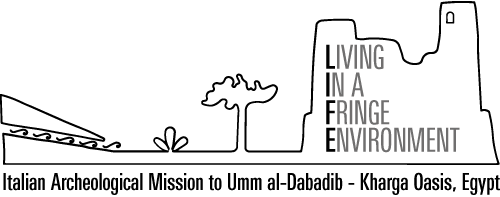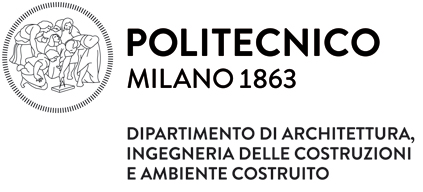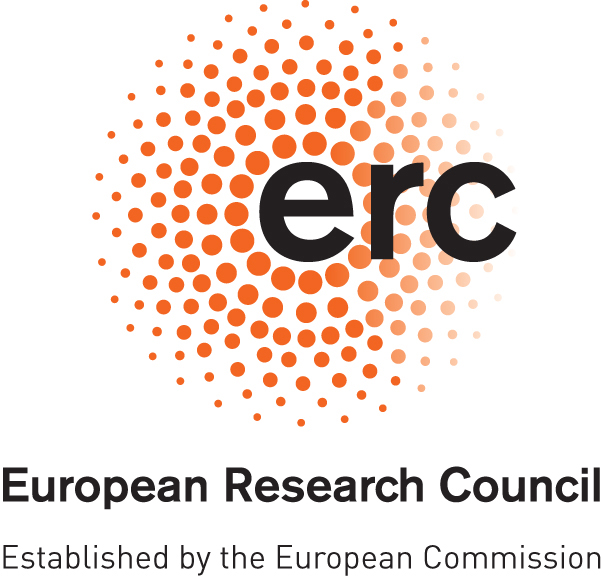THE AREA AND THE CASE-STUDY
The dry desert environment and their remote position allowed the archaeological remains to survive in excellent conditions for centuries. Some of them are currently threatened by the expansion of modern cultivations, that may spare the buildings but that damage or destroy the remains of the ancient landscape.
Differently from the sites located closer to the inhabited portion of the oasis, Umm al-Dabadib still contains the virtually intact remains of both an imposing settlement and its contemporary, vast and elaborated agricultural system. These two elements were planned to function together, as one could not exist without the other, and offer a unique chance to study the installation of a community in a harsh, semi-desert and challenging environment. The combined study of these two aspects, a key point of the project LIFE, is mirrored by the composition of the team: the architectural/archaeological unit based at the Politecnico di Milano, and the environmental unit based at the Università Federico II of Napoli.
Beside the significant archaeological remains, the area of Umm al-Dabadib is also extremely rich in terms of biodiversity. The presence of millenarian acacia trees, of one of the last herds of Dorcas Gazelles, of seasonal lakes due to the rare outpours of rain and relating flora and fauna, as well as the presence of significant geological formations such as the Cave of the Colours, makes this are extremely valuable in environmental terms. Any activity in the area must be carefully planned in order to respect and protect both the cultural heritage and the natural features.





